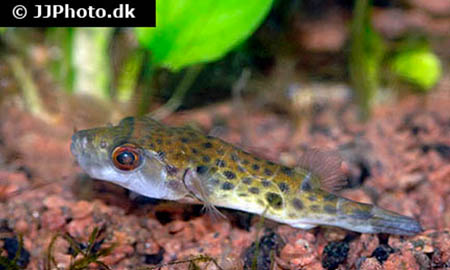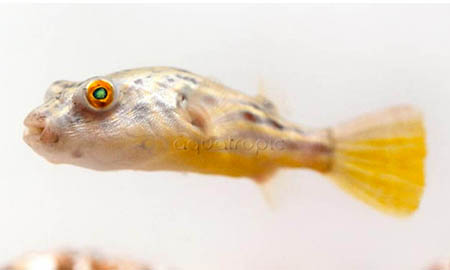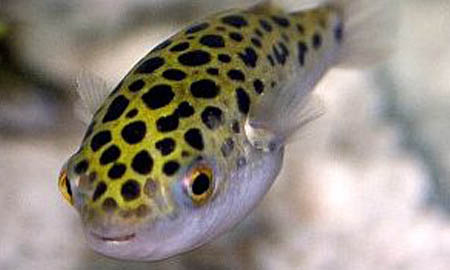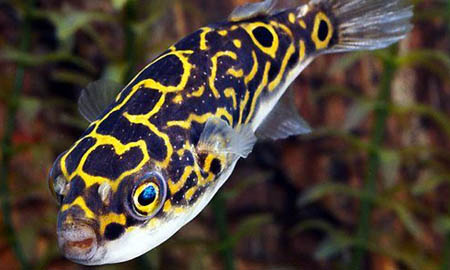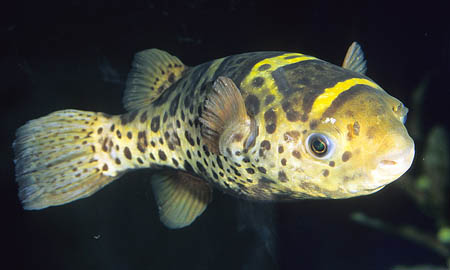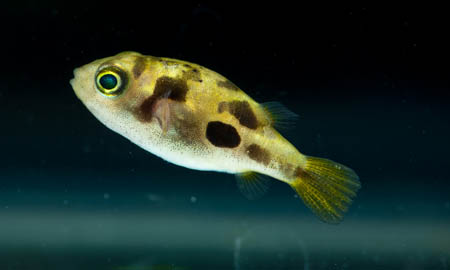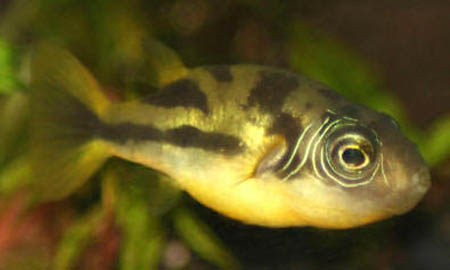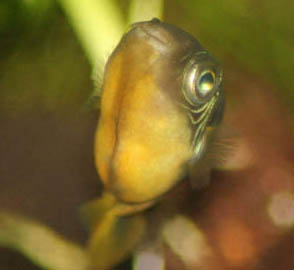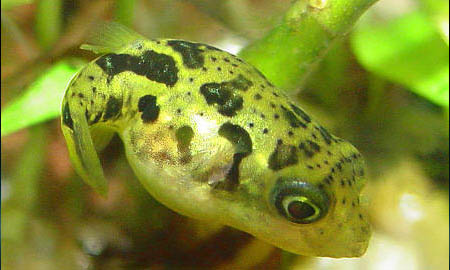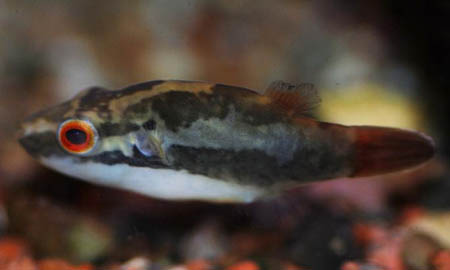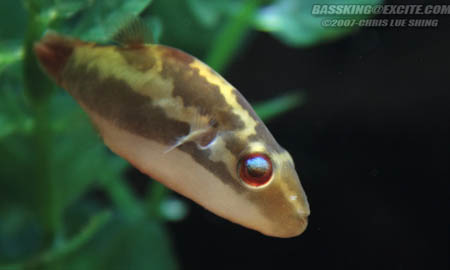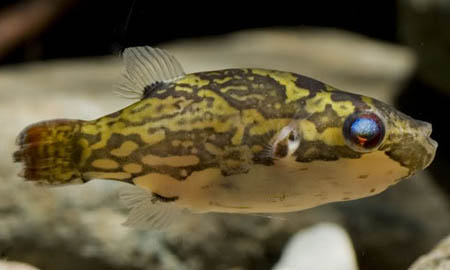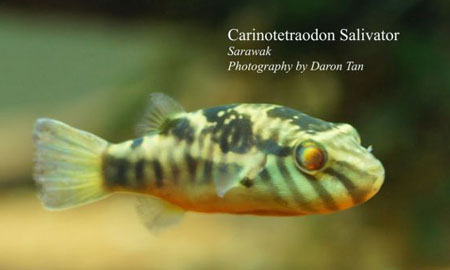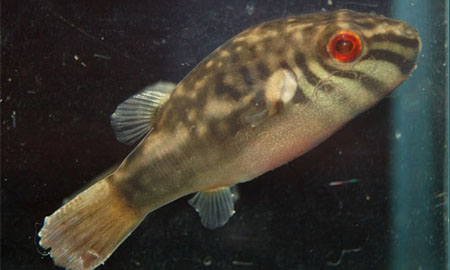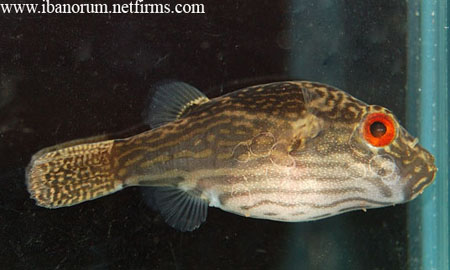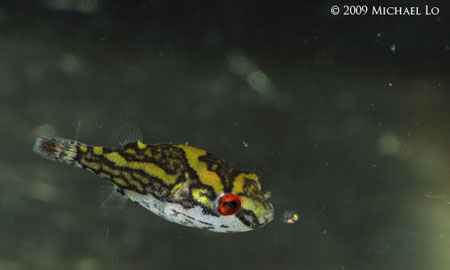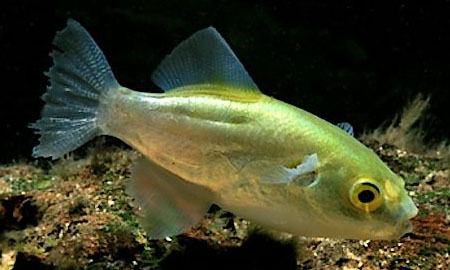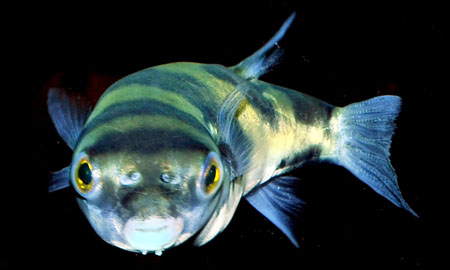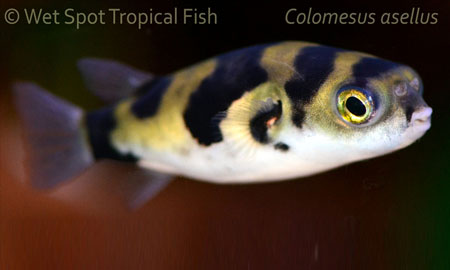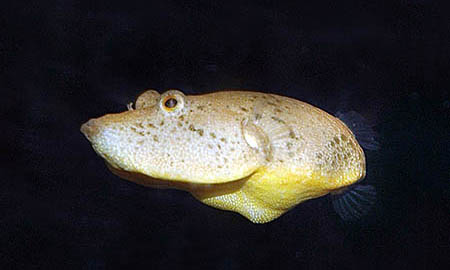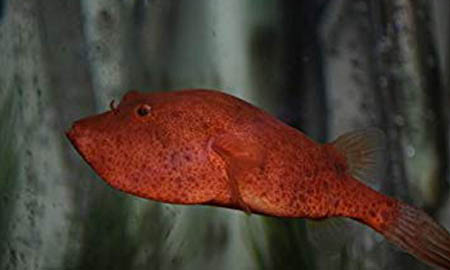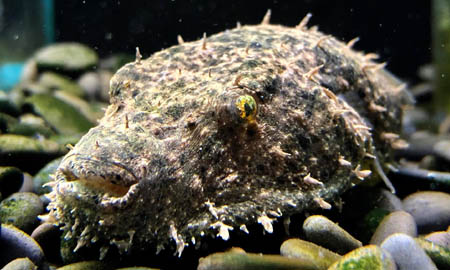*** This list is a work in progress that requires some fine tuning and possible updating. So as updates are made the title will be updated with a new version number at the end.
Table of contents:
(click on the title to fast track to the required descriptions)
- Introduction to Puffers
- Brackish Puffers Commonly Mistaken as “Freshwater” species
- Carinotetraodon Travancoricus (Dwarf / Pea Puffer)
- Carinotetraodon Irrubesco (Red Eye, Red Tail Puffer)
- Carinotetraodon Salivator (Red Eye Puffer)
- Auriglobus Modestus (Avocado Puffer / Golden Puffer)
- Colomesus Asellus (South American Puffer / SAP)
- Tetraodon miurus (Congo Puffer)
- Monotrete Baileyi (Hairy Puffer)
- Tetradon Palembangensis (Humpback Puffer / King Kong Puffer / Palembang)
- Tetradon Suvatti (Pig Nose / Arrowhead / Mekong Puffer)
- Tetraodon Abei
- Monotrete Turgidus (Brown Puffer)
- Monotrete Cambodgiensis (Fangs Puffer)
- Monotrete Cochinchinensis
- Tetraodon Schoutedeni
- Tetraodon Pustulatus (Cross River Puffer)
- Tetraodon Lineatus (Fahaka Puffer / Nile Puffer)
- Tetraodon MBU
- Commonly mistaken species comparison photos
***Disclaimer*** This list should only be used as a reference. Some of the information with regards to sizes may vary from person to person and individual puffer, but i’ve tried to make sure all the information and photos in this thread are as accurate as possible.
If you find any information to be incorrect or in need of updating, please send me a PM (with link to source) and i'll look into it ASAP. Thanks!
Table of contents:
(click on the title to fast track to the required descriptions)
- Introduction to Puffers
- Brackish Puffers Commonly Mistaken as “Freshwater” species
- Carinotetraodon Travancoricus (Dwarf / Pea Puffer)
- Carinotetraodon Irrubesco (Red Eye, Red Tail Puffer)
- Carinotetraodon Salivator (Red Eye Puffer)
- Auriglobus Modestus (Avocado Puffer / Golden Puffer)
- Colomesus Asellus (South American Puffer / SAP)
- Tetraodon miurus (Congo Puffer)
- Monotrete Baileyi (Hairy Puffer)
- Tetradon Palembangensis (Humpback Puffer / King Kong Puffer / Palembang)
- Tetradon Suvatti (Pig Nose / Arrowhead / Mekong Puffer)
- Tetraodon Abei
- Monotrete Turgidus (Brown Puffer)
- Monotrete Cambodgiensis (Fangs Puffer)
- Monotrete Cochinchinensis
- Tetraodon Schoutedeni
- Tetraodon Pustulatus (Cross River Puffer)
- Tetraodon Lineatus (Fahaka Puffer / Nile Puffer)
- Tetraodon MBU
- Commonly mistaken species comparison photos
***Disclaimer*** This list should only be used as a reference. Some of the information with regards to sizes may vary from person to person and individual puffer, but i’ve tried to make sure all the information and photos in this thread are as accurate as possible.
If you find any information to be incorrect or in need of updating, please send me a PM (with link to source) and i'll look into it ASAP. Thanks!
Last edited:



